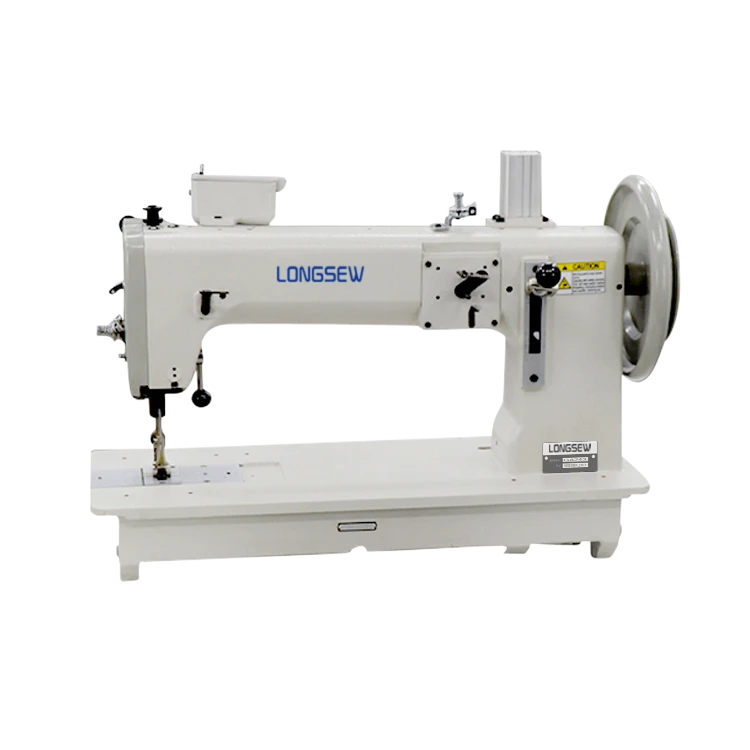Understanding the Basics and Techniques of Lock Stitch Sewing for Beginners
The Art of Lock Stitch Sewing
Sewing is a timeless craft that combines artistry with utility, and one of the fundamental techniques that every seamstress should master is the lock stitch. Widely used in both hand-sewing and machine-sewing applications, the lock stitch plays an integral role in creating strong, durable seams that can withstand the test of time. This article delves into the mechanics, applications, and significance of lock stitch sewing in the world of textiles.
Understanding Lock Stitch
The lock stitch is characterized by its unique formation, which involves two threads the top thread and the bobbin thread. When a sewing machine creates a lock stitch, the needle descends, pulling the top thread through the fabric. As the needle rises, it leaves a loop of thread that the bobbin thread intertwines with, forming a secure stitch. This interlocking method not only provides strength but also creates a flat seam that is aesthetically pleasing. The simplicity of its design has made the lock stitch a preferred choice for a variety of materials, from delicate fabrics to heavyweight textiles.
Advantages of Lock Stitch Sewing
One of the most significant advantages of lock stitch sewing is its strength. The interlocking nature of the threads allows for greater tension and stress resistance, making it ideal for seams that will endure wear and tear. Additionally, lock stitches are less likely to unravel compared to other stitch types. This durability makes them particularly useful for apparel and home furnishings, where longevity is a key concern.
Another benefit of the lock stitch is its versatility. It can be used for a wide range of sewing applications, including straight seams, top-stitching, and even decorative work. By adjusting the stitch length and tension, sewists can achieve different effects, allowing them to customize their projects according to their needs. Furthermore, the lock stitch can be employed on various sewing machines, from domestic models to industrial machines, making it accessible to a broad audience.
Applications in Various Fields
lock stitch sewing

Lock stitch sewing is widely utilized across numerous industries. In the fashion world, designers rely on lock stitches to create garments that fit well and hold together under movement. The technique is essential in constructing seams in clothing, ensuring that pieces not only look good but also function properly.
In addition to fashion, the lock stitch finds applications in other fields such as upholstery, quilting, and leatherwork. Upholsterers use lock stitches to piece together fabric for furniture covers, ensuring that the seams provide both durability and aesthetic appeal. Quilters also favor this stitch for creating layered quilts, as it allows for precise sewing without bulk. In leatherwork, the lock stitch ensures that the seams are robust, which is particularly important for items like belts and bags that experience frequent use.
The Evolution of Lock Stitch Technology
With advancements in technology, the lock stitch has seen significant improvements. Modern sewing machines feature various settings that enable sewists to adjust stitch quality, tension, and even automate the sewing process. These innovations have not only made lock stitch sewing more efficient but have also enhanced the creativity that can be expressed through this technique.
Moreover, the lock stitch has transitioned from traditional hand-sewing to sophisticated machine applications. While hand-sewn lock stitches retain a personal touch and craftsmanship, machine-stitched versions offer speed and precision that cannot be matched. This blend of old and new methods ensures that the lock stitch remains relevant in contemporary sewing practices.
Conclusion
Lock stitch sewing is a fundamental technique that serves as the backbone of many sewing projects. Its strengths—durability, versatility, and ease of use—make it an invaluable skill for anyone interested in sewing, whether for hobby or profession. As technology continues to evolve, the lock stitch adapts while retaining its essential characteristics, ensuring that it will remain a staple in the textile industry for years to come. Whether you are creating a beautiful garment or a functional piece of home decor, understanding the lock stitch will undoubtedly enhance your sewing journey.
-
Boost Production Efficiency with a Pattern Sewing MachineNewsAug.29,2025
-
Industrial Excellence with the Best Heavy Duty Sewing MachineNewsAug.29,2025
-
Precision and Power with the Best Pattern Sewing MachineNewsAug.29,2025
-
Reliable Bulk Packaging Starts With the Right FIBC Sewing MachineNewsAug.29,2025
-
Advanced Packaging Solutions: Elevate Productivity with Jumbo Bag Sewing Machine and Industrial Stitching EquipmentNewsAug.29,2025
-
High-Performance Solutions for Bulk Packaging: FIBC Sewing Machine and MoreNewsAug.29,2025
-
Maximize Efficiency with an Industrial Cylinder Arm Sewing MachineNewsAug.28,2025


























